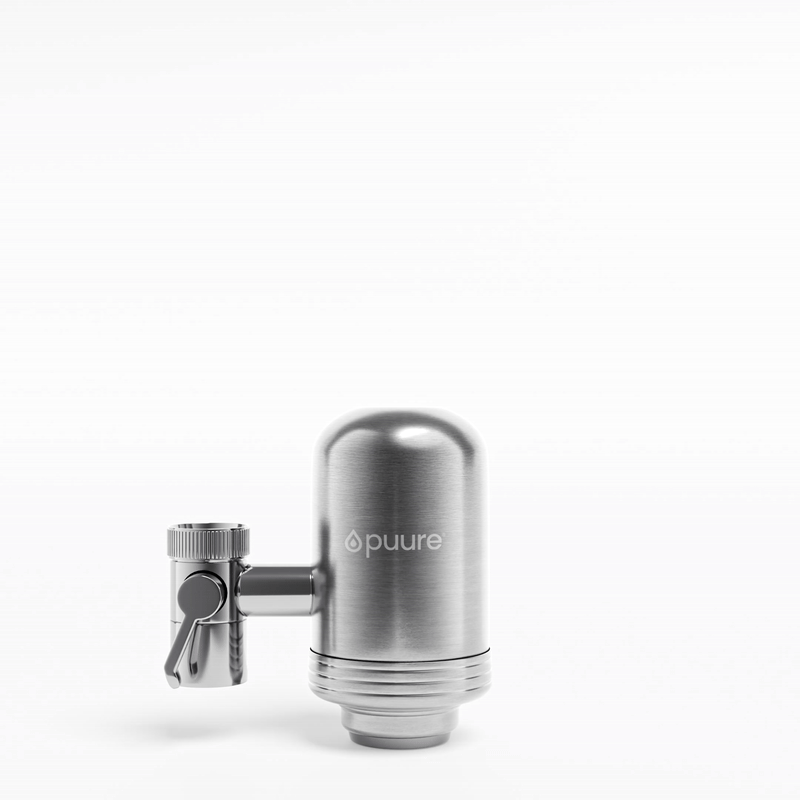
Una tecnología innovadora para un agua más pura
Puure® utiliza una combinación avanzada de carbón activado y ultrafiltración, filtrando hasta 0,1 micrones, es decir, 1000 veces más fino que las jarras de agua típicas, que solo filtran alrededor de 100 micrones.
Este sistema ultrapreciso elimina partículas finas, metales pesados, cloro, microplásticos y más, todo ello preservando al mismo tiempo los minerales esenciales.
Con Puure®, el agua del grifo se vuelve limpia, saludable y de excelente sabor, directamente de la fuente.

Probado según el estándar NSF/ANSI 42
Nuestro filtro ha sido probado independientemente por NSF International en los Estados Unidos y cumple con los requisitos de NSF/ANSI 42 para seguridad del material.
Esto significa que los componentes en contacto con el agua no liberan ninguna sustancia nociva y son seguros para su uso con agua potable. El informe de prueba completo está disponible a pedido.
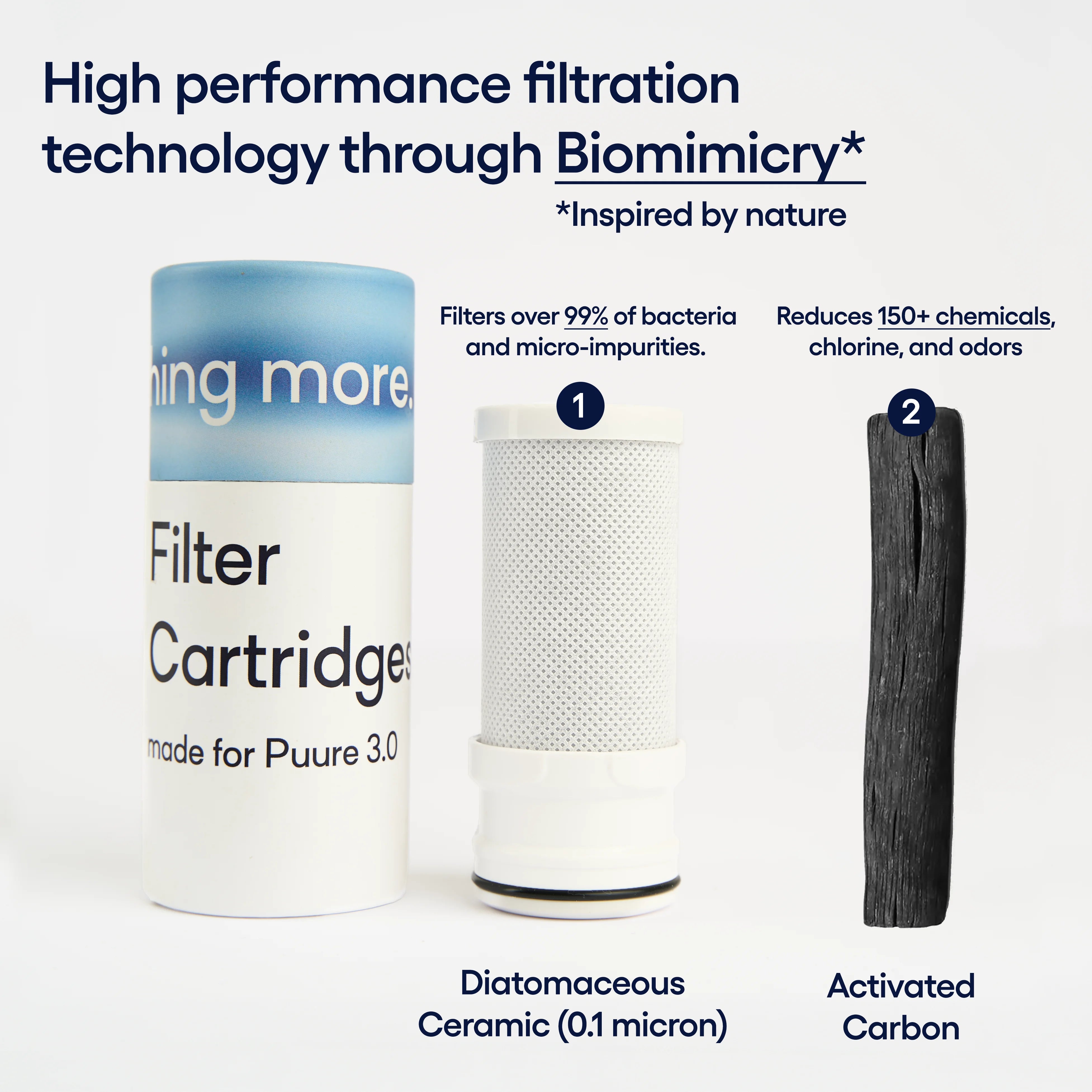
Filtración de doble acción con precisión de 0,1 micrones
1. Membrana a nivel micrométrico
Bloquea físicamente más del 99% de partículas finas, sedimentos y bacterias tan pequeñas como 0,1 micrones.
2. Núcleo de carbón activado
Reduce más de 150 contaminantes, incluido el cloro, los productos químicos, el mal sabor y el olor mediante una adsorción avanzada.
Puure® 3.0 reduce más de 150 contaminantes para un agua más limpia y segura.
Puure® 3.0 filtra hasta 0,1 micras, reduciendo los contaminantes comunes del agua del grifo, como el cloro, los metales pesados, los microplásticos y los residuos químicos, a la vez que conserva los minerales esenciales. ¿El resultado? Agua limpia, segura y de excelente sabor, directamente del grifo, todos los días.
El cloro, que suele utilizarse para desinfectar el agua potable, puede alterar su sabor y olor. Sus subproductos, como los trihalometanos, pueden suponer riesgos para la salud a largo plazo.
Con Puure, estos elementos se reducen de manera efectiva, lo que le proporciona un agua de sabor neutro, perfecta para la hidratación diaria y para cocinar.
Las PFAS, o sustancias perfluoroalquiladas y polifluoroalquiladas, son un amplio grupo de sustancias químicas sintéticas utilizadas en la industria desde la década de 1940 por su resistencia al agua y a la grasa. Se encuentran comúnmente en envases de alimentos , textiles hidrófugos , espumas ignífugas y diversos productos industriales .
Entre ellos, el PFOA (ácido perfluorooctanoico) es especialmente preocupante debido a su extrema estabilidad química , que lo hace altamente persistente en el medio ambiente y en el agua potable.
Con el tiempo, estas sustancias se acumulan en el cuerpo humano y se han relacionado con posibles riesgos para la salud , incluidos trastornos hormonales , daño hepático y efectos en el desarrollo fetal .
Los pesticidas procedentes de prácticas agrícolas intensivas pueden permanecer en el agua incluso después del tratamiento. Estas sustancias se relacionan con alteraciones endocrinas y un mayor riesgo de enfermedades crónicas.
Puure ayuda a reducir estos contaminantes, proporcionando agua más limpia, incluso en zonas rurales.
Invisibles a simple vista, los microplásticos representan una preocupación creciente para la salud humana. Su ingestión repetida puede provocar trastornos inflamatorios y hormonales .
Con su filtración de 0,1 micrones , Puure actúa como una poderosa barrera contra estas partículas, garantizando agua libre de plástico.
Los metales pesados, que suelen provenir de tuberías viejas o vertidos industriales , son tóxicos para el sistema nervioso y los órganos vitales. Puure ayuda a filtrarlos eficazmente, mejorando la seguridad del agua.
Las partículas de óxido, arena y cal de las tuberías viejas pueden afectar tanto la claridad como el sabor del agua.
Puure captura estos sedimentos, ofreciendo agua limpia y clara, ideal para beber y proteger sus electrodomésticos .
Respaldado por la ciencia.
Un método de filtración basado en investigaciones reales.
Nuestro método de filtración combina materiales y tecnologías probados diseñados para atacar los contaminantes más comunes del agua del grifo, incluidos pesticidas, metales pesados, cloro y microplásticos.
Inspirado en la investigación líder de la industria y diseñado con precisión, nuestro sistema ofrece una experiencia de agua más limpia, segura y de mejor sabor, sin concesiones.

Eliminación de microplásticos del agua potable mediante dispositivos de punto de uso
"Dos dispositivos POU que incorporan tecnologías MF exhibieron valores de eliminación de fragmentos de PVC y PET del 78-86% y del 94-100% , respectivamente".
Cherian, AG et al. (2023). Eliminación de microplásticos del agua potable mediante dispositivos de punto de uso. Scientific Reports , 13, número de artículo: 3284.
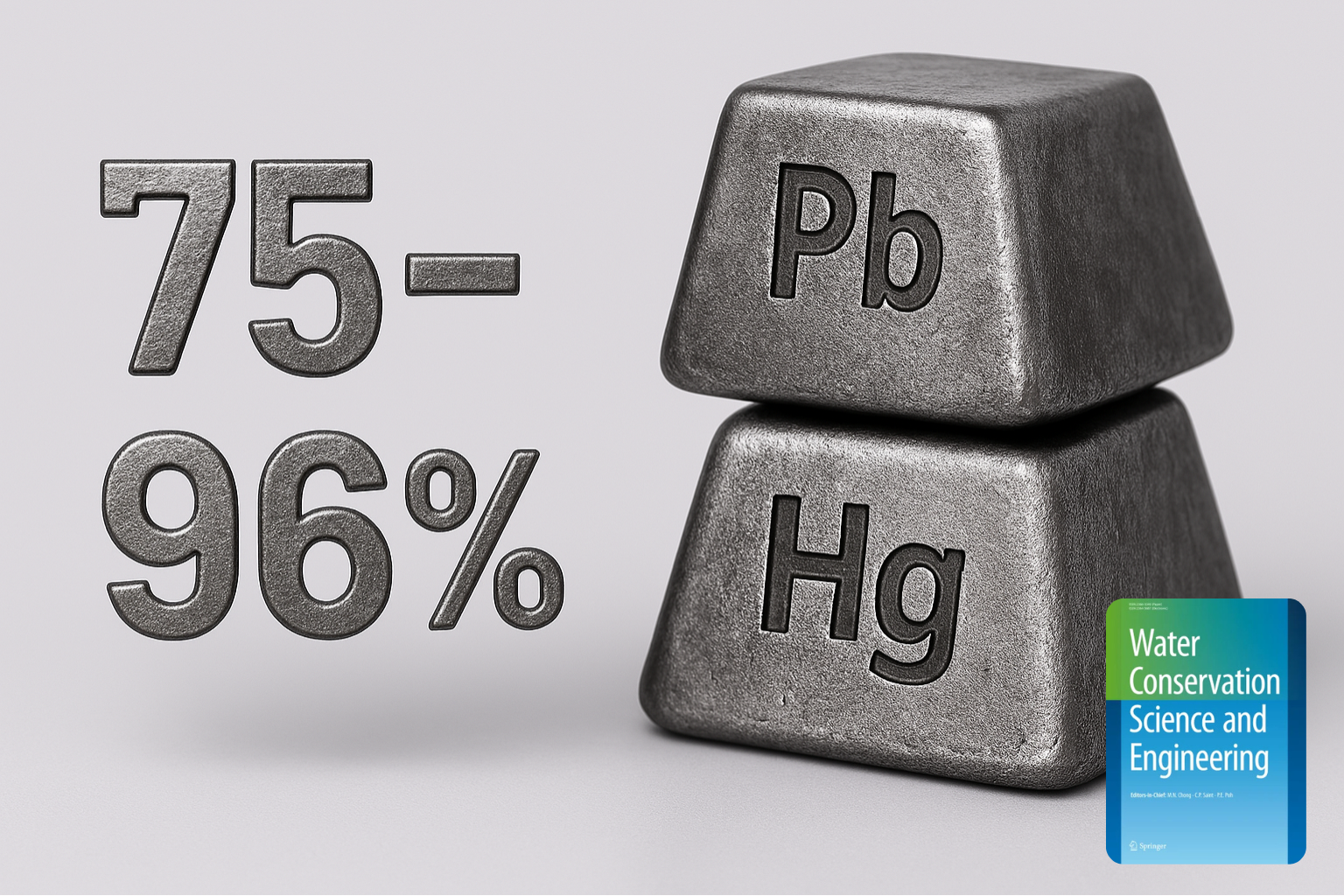
El carbón activado elimina hasta el 96% de los metales pesados del agua.
Investigaciones experimentales revelan que el AC puede lograr eficiencias sustanciales de eliminación de metales pesados, que oscilan entre el 75 y el 96 %, dependiendo de factores como la dosis, el pH de la solución, las propiedades de la superficie y las concentraciones de contaminantes.
Pet, I. et al. (2024). Desarrollos recientes en la implementación de carbón activado para la gestión de la remoción de metales pesados. Applied Water Science , Springer.
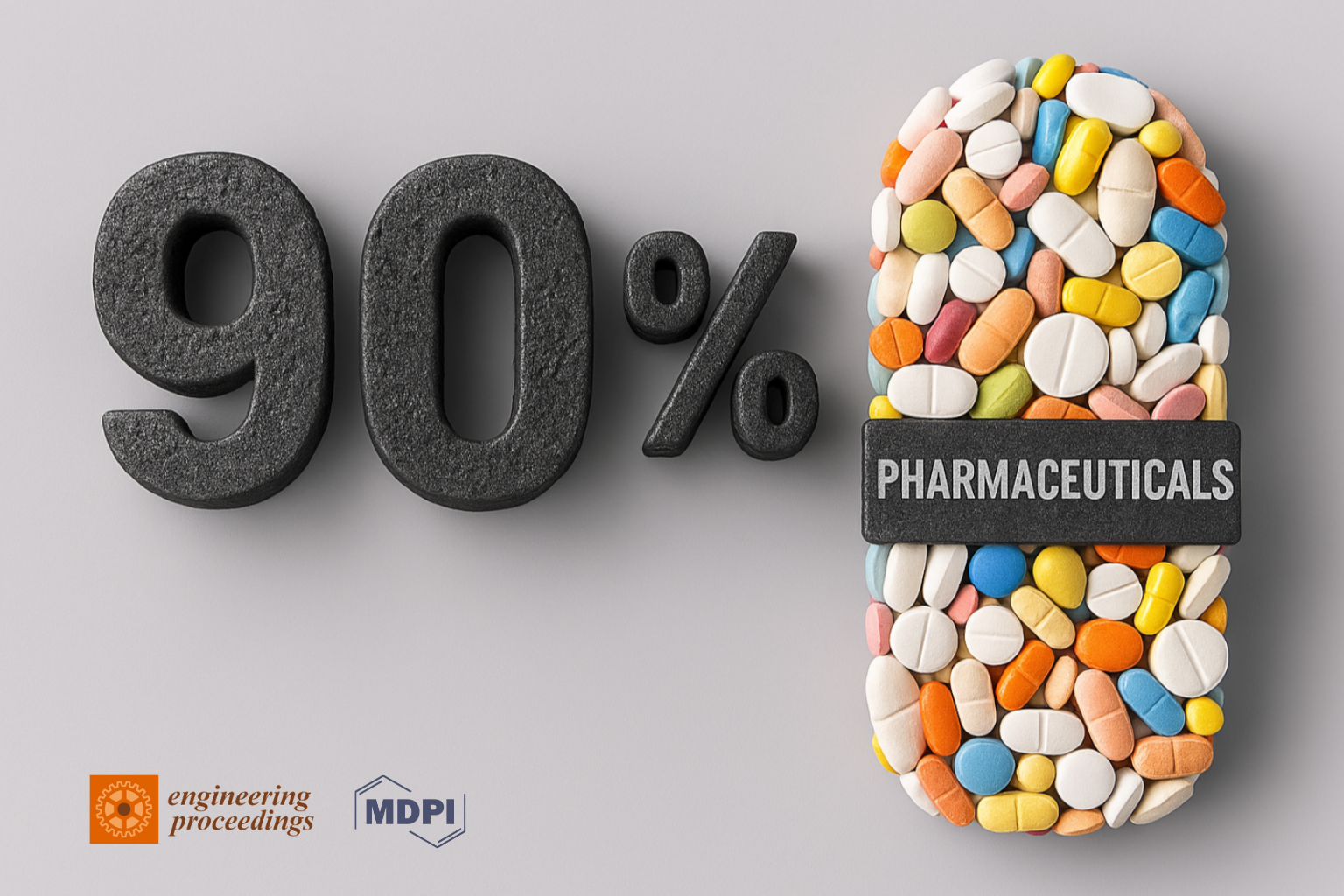
Adsorción de productos farmacéuticos y de cuidado personal sobre carbón activado granular
Este proyecto evaluó la viabilidad del uso de carbón activado granular (CAG) para la eliminación de ciertos compuestos orgánicos volátiles (COV) cancerígenos.
González, MN et al. (2023). Adsorción de productos farmacéuticos y de cuidado personal sobre carbón activado granular. Actas , 57(1), 33.
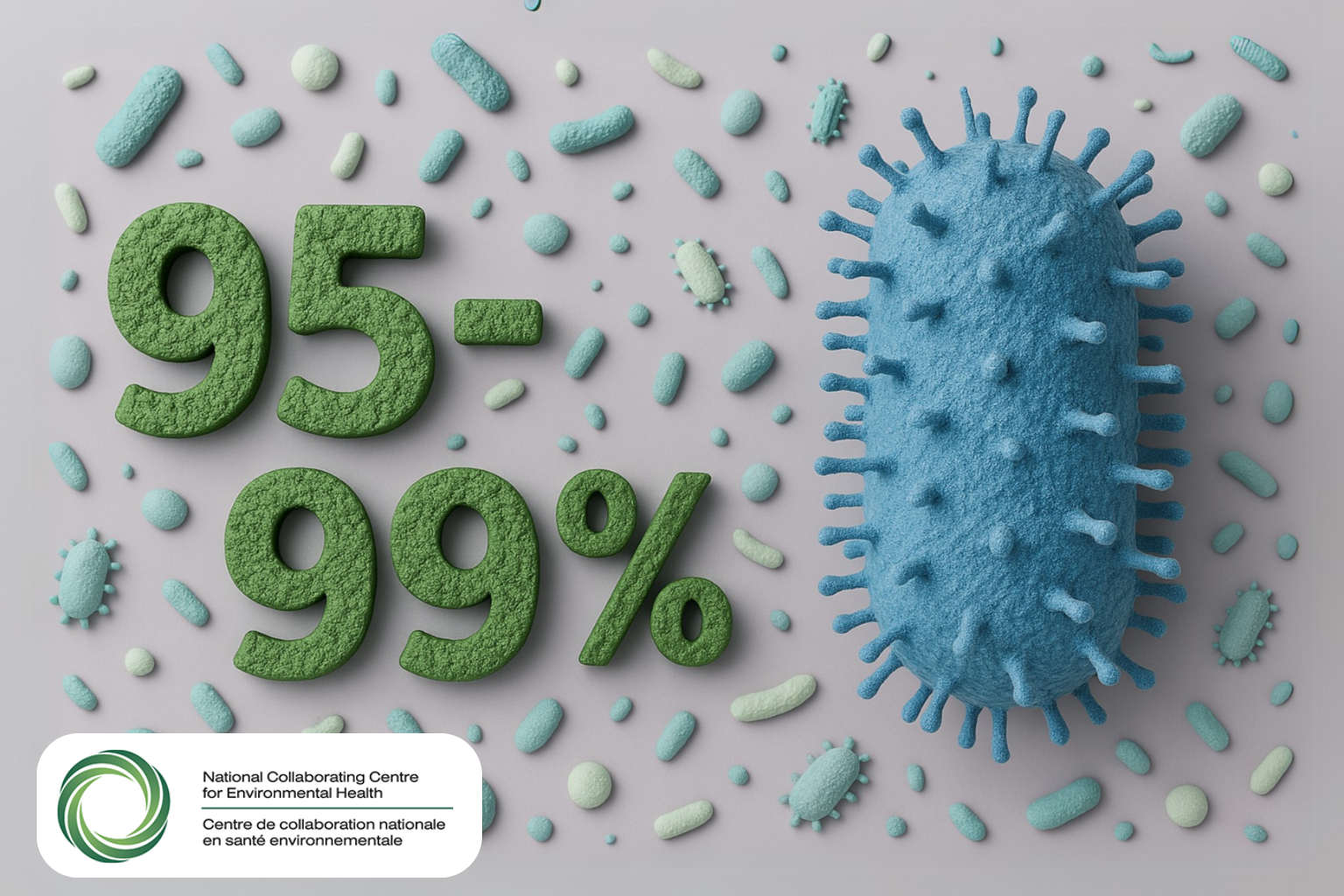
El carbón activado elimina hasta el 99% de los microorganismos.
"Se logra una reducción mínima de 3 log₁₀ (es decir, 99,9 %) de ooquistes de Cryptosporidium con filtros de carbón activado (incluido un prefiltro/filtro de 0,1 a 0,2 µm), filtros de cerámica (0,2 µm) y filtros recubiertos de plata".
Centro Colaborador Nacional para la Salud Ambiental (NCCEH). (2008). ¿Cuándo se pueden utilizar filtros de agua en el punto de uso para eliminar la turbidez y los protozoos? Informe técnico.
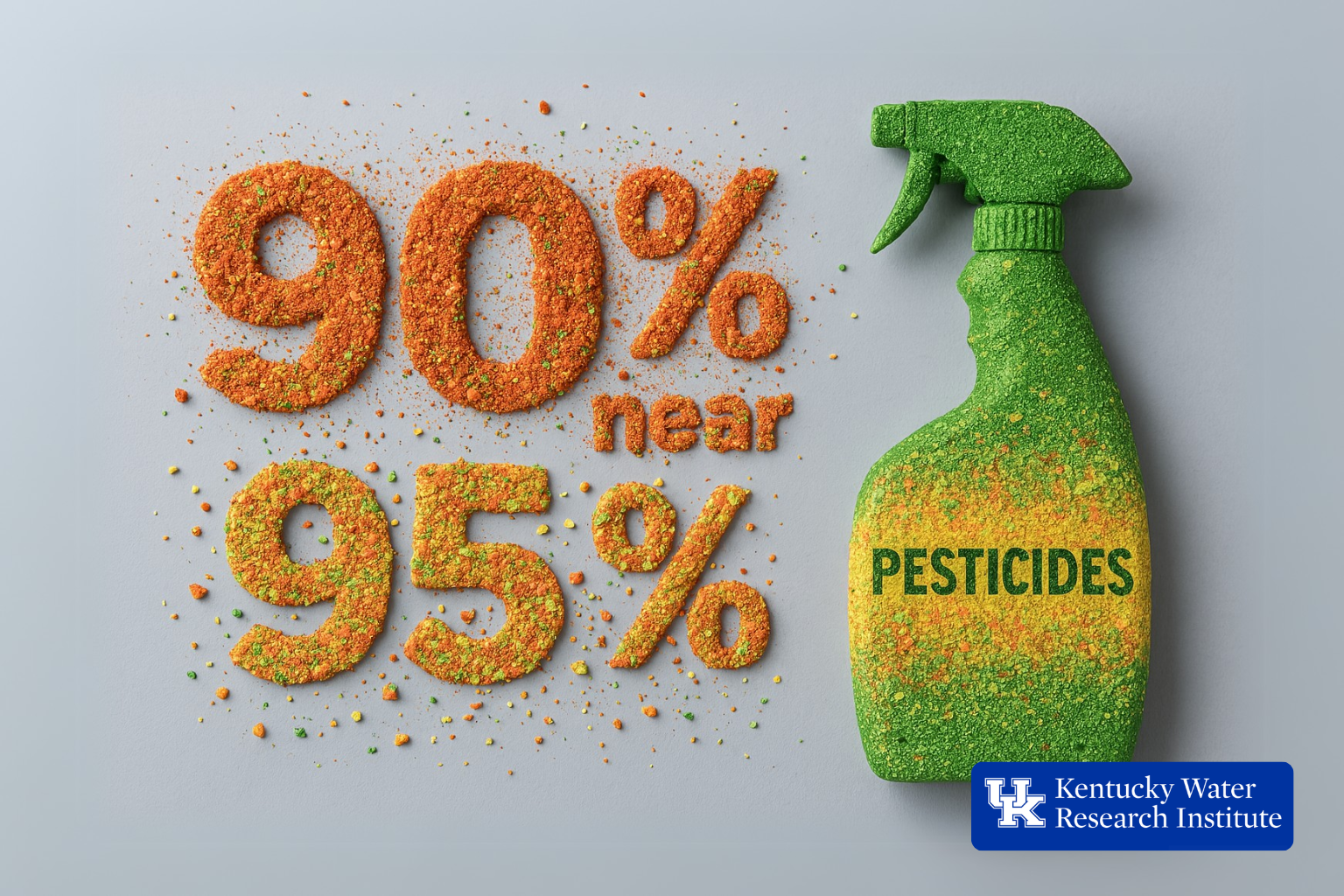
Carbón activado: el método más eficaz para eliminar pesticidas del agua
De los procesos investigados, la adsorción con carbón activado resultó ser la más eficaz para la eliminación de pesticidas del agua. Las eliminaciones obtenidas fueron: malatión, cerca del 100 % ; 2,4-D, 90 % ; DDT, 95 % ; aldrín, cerca del 100 % ; dieldrín, 90 % .
Whitehouse, JD (1967). Estudio sobre la eliminación de pesticidas del agua. Universidad de Kentucky, Instituto de Investigación de Recursos Hídricos. Informe n.º 85.

Eliminación de contaminantes orgánicos volátiles (COV) mediante tratamiento con carbón activado granular
Este proyecto evaluó la viabilidad del uso de carbón activado granular (CAG) para la eliminación de ciertos compuestos orgánicos volátiles (COV) cancerígenos.
Agencia de Protección Ambiental de los Estados Unidos (EPA). (1989). Eliminación de contaminantes orgánicos volátiles del agua potable mediante carbón activado granular. Informe n.° EPA/600/2-89/050.
¿Por qué hay estos contaminantes en el agua?
Microplásticos
Los microplásticos, que tienen su origen en la contaminación plástica , están presentes en el 83% del agua del grifo .
Se acumulan en el organismo y sus efectos a largo plazo aún son en gran medida desconocidos.
Pesticidas y herbicidas
Estos productos químicos, arrastrados por la escorrentía agrícola , se infiltran en las aguas subterráneas y los ríos .
Pueden alterar el sistema hormonal y suponer riesgos neurológicos .
Cloro y cloramina
Se utiliza para desinfectar el agua potable , pero su presencia puede ser problemática.
Alteran el gusto y el olor .
Metales pesados (plomo, mercurio, cadmio, etc.)
Proviene de antiguas tuberías y contaminación industrial .
Son neurotóxicos y pueden afectar el hígado, los riñones y el desarrollo del cerebro .
Residuos farmacéuticos
Proviene de medicamentos vertidos a las aguas residuales , los cuales son difíciles de eliminar en las plantas de tratamiento.
Se desconocen sus efectos a largo plazo sobre la salud y existe riesgo de resistencia a los antibióticos .
PFAS ("Productos químicos para siempre")
Sustancias químicas utilizadas en embalajes y textiles .
Actúan como disruptores endocrinos , se acumulan en el organismo y el medio ambiente y suponen riesgos para la salud a largo plazo.
La ciencia detrás de Puure
Base técnica y evidencia experimental
Puure® se basa en tecnologías de filtración establecidas, como el carbón activado y la ultrafiltración, conocidas por su capacidad para reducir un amplio espectro de contaminantes del agua del grifo.
Los siguientes experimentos ilustran cómo funcionan estos métodos en condiciones controladas.
Experimento 1
Eliminación de microplásticos con filtración de 1 micrón
1. Preparación de agua contaminada
Los investigadores recolectaron agua limpia e introdujeron microplásticos sintéticos de diferentes tamaños:
- 100 micras (tamaño de un cabello humano)
- 10 micras (tamaño de una célula sanguínea)
- 1 micrón (tamaño de una bacteria)
2. Filtración a través de diferentes filtros
El agua contaminada pasó a través de:
- Un filtro de carbón activado solo
- Un filtro cerámico de 5 micrones
- Un filtro cerámico de 1 micrón
3. Análisis de prefiltración y posfiltración
Los científicos utilizaron un microscopio electrónico para contar las partículas restantes en el agua filtrada.
Resultados
| Filter Type | Microplastics Removed | Overall Efficiency |
|---|---|---|
| No Filtration | 0% | 0% |
| Activated Carbon Only | 1-10 µm: 10% >10 µm: 50% |
Moderate |
| Ceramic (5 µm) | 1-10 µm: 20% >10 µm: 70% |
Good |
| Ceramic (1 µm) | 1-10 µm: 80% >10 µm: 99% |
Excellent |
Conclusión
Un filtro cerámico de 1 micrón puede eliminar el 99,9% de los microplásticos , incluidas las partículas más pequeñas.
El carbón activado por sí solo no es suficiente para bloquear partículas sólidas finas.
Estos hallazgos resaltan la importancia de la filtración de alta precisión para garantizar un agua más limpia y segura.
Experimento 2
La eficacia del carbón activado contra los contaminantes químicos
1. Preparación de agua contaminada
Los investigadores recogieron agua limpia e introdujeron los siguientes contaminantes:
- Cloro (1,5 mg/L, similar a los niveles del agua del grifo)
- Atrazina (un pesticida común, 50 µg/L)
- Benceno (un contaminante orgánico, 10 µg/L)
2. Filtración a través de diferentes filtros
El agua contaminada pasó a través de:
- Un filtro cerámico solo
- Un filtro de carbón activado
- Un filtro combinado de cerámica y carbón activado
3. Análisis de prefiltración y posfiltración
Los científicos utilizaron un espectrómetro para medir las concentraciones de contaminantes después de la filtración.
Resultados
| Filter Type | Chlorine (mg/L) | Atrazine (µg/L) | Benzene (µg/L) | Overall Filtration |
|---|---|---|
| No Filtration | 1.5 | 50 | 10 | 0% |
| Ceramic Only | 1.4 | 45 | 9 | Low |
| Activated Carbon Only | 0.1 | 5 | 1 | Very Good |
| Ceramic + Activated Carbon | 0.05 | 2 | 0.5 | Excellent |
Conclusión
El carbón activado elimina más del 95% del cloro y los contaminantes químicos.
La cerámica por sí sola no captura eficazmente las sustancias disueltas.
La combinación de carbón activado y cerámica proporciona el máximo nivel de purificación.